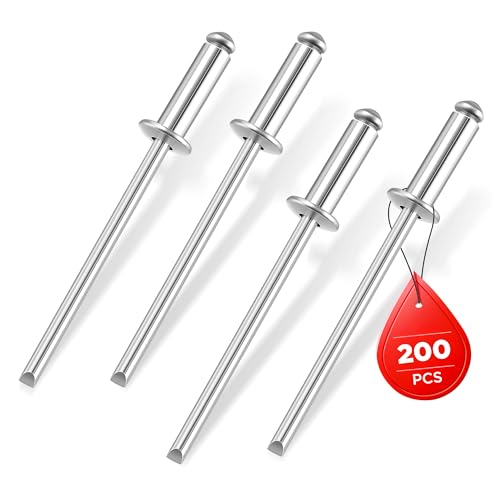Boy, you guys are crazy about your steelflex around here, but it seems like this whole thread is just application. What about the purpose? By reading it seems like it's just a super-sealant. Are there any other advantages besides sealing up those leaky rivets 'til doomsday?
I have a 1448 v-hull, and yeah there are a few leaky rivets, but this steelflex thing seems like a lot of work. What about just some JB weld or silicone touch-ups on the inside? Of course, I guess if you deck the boat permanently how do you do touch-ups on the inside?
When I deck my boat in the spring I'm going to try to make the flat floor pieces removable partly for maintenance and partly to keep track of leaky rivets. I think what I'm going to do in the spring is deck and paint the boat like I had planned and just seal up the few leaky rivets from the inside. If the need becomes apparent maybe I'll apply the steelflex a season from now. (Of course, then I'd probably have to pull off the transom again. Hmm.)
Thoughts? Are having even a few small leaks a problem after you deck a boat? Even if I make the floor pieces removable and seal up all of the wood? Is this steelflex stuff completely necessary? I only had the boat out twice last year and that was the first season in about 6, so I feel like I want to wait a season before I deal with this stuff. Or if I'm doing the mod this spring should I just go for it now?























































